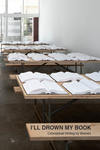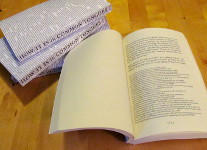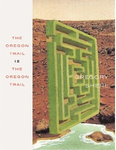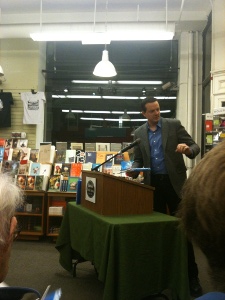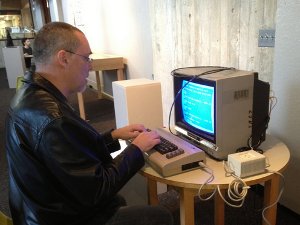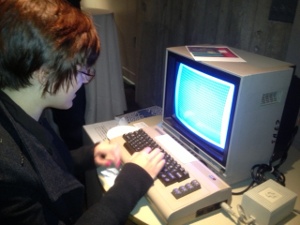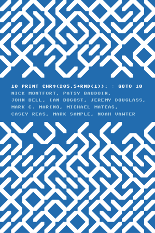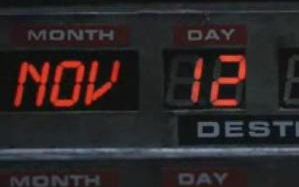Happy new year!
A few updates related to our book 10 PRINT CHR$(205.5+RND(1)); : GOTO 10 …
Booksellers had some problems keeping the book in stock in recent weeks. The MIT Press is addressing this by printing more copies.
We learned in November, and were recently reminded by Finnish scener and programmer of one-liners viznut, that there is a pre-Commodore 64 version of the program. It’s in a fairly obvious place, too: The VIC-20 User’s Manual, on page 102. The program is identical to the first variant in our book (Variant 1982) except that the line numbers are 10, 20, and 30 instead of 10, 20, and 40. This wasn’t a big surprise to us, as we knew since early in the process of writing the book that the program worked not only on the Commodore 64 but also on the VIC-20 and the PET. It would have been nice to have documented this variant in the book, of course.
mjcohenw on Hacker News states that the program originated even earlier:
I discovered this on my Commodore PET probably about 1980 and presented it at a users’ group meeting (in the Los Angeles area). I have no way to prove this right now, but I swear that this is true.
So, there’s a testament to the program being written and shared on the PET even earlier. That it comes from human memory, and not from some print source, should be no surprise to readers of 10 PRINT.
Finally, I’ll note that 10 PRINT appears as one of the “creation stations” at the 2013 Modern Langauge Association Convention. The exhibit it’s in, Avenues of Access: An Exhibit & Online Archive of New ‘Born Digital’ Literature, will be in room 312 in the Hynes Veterans Memorial Convention Center. Exhibit times are:
Thursday, 3 January, 12 Noon to 7:00 p.m.
Friday, 4 January, 9:00 a.m. to 7:00 p.m.
Saturday, 5 January, 9:00 a.m. to 7:00 p.m.
The exhibit closes on Saturday afternoon and will not be open on Sunday.
There will be a reading to accompany the exhibit on Friday night, 8 p.m. to 10 p.m., at Emerson College’s Bordy Theatre, 216 Tremont Street. 10 PRINT will be part of that and will be presented by five of the book’s co-authors.
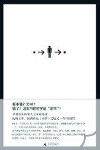
 → ·
→ ·

